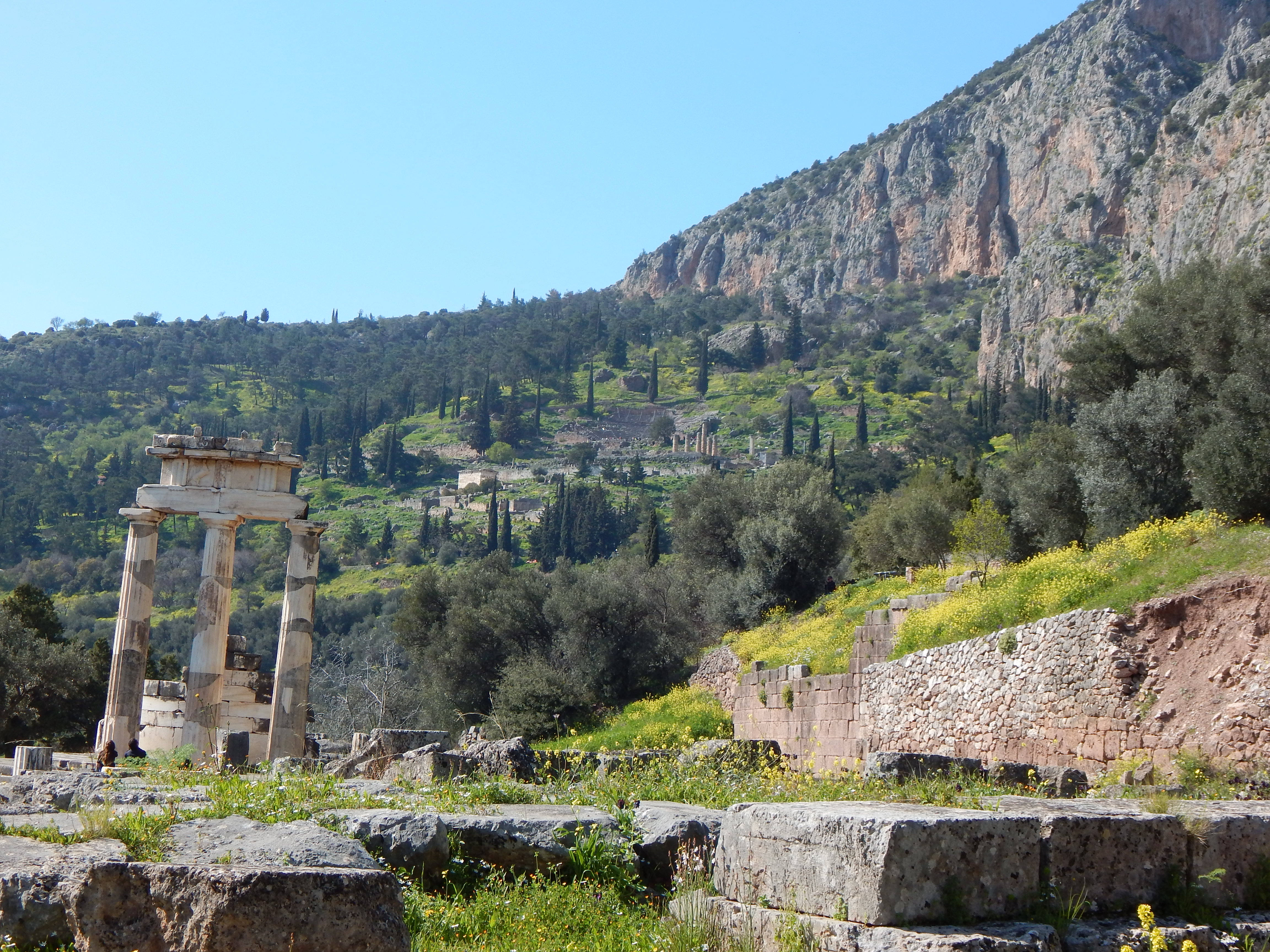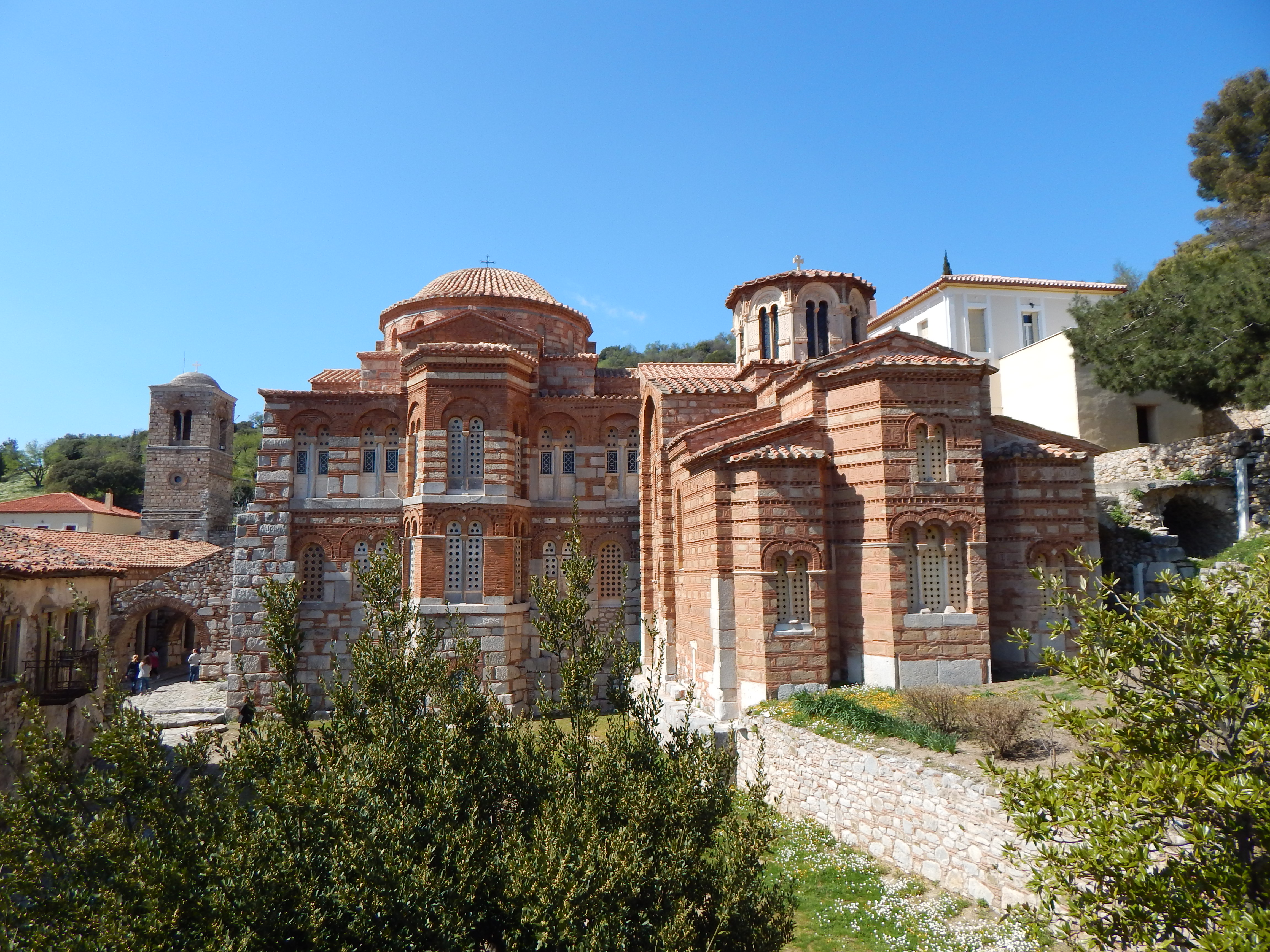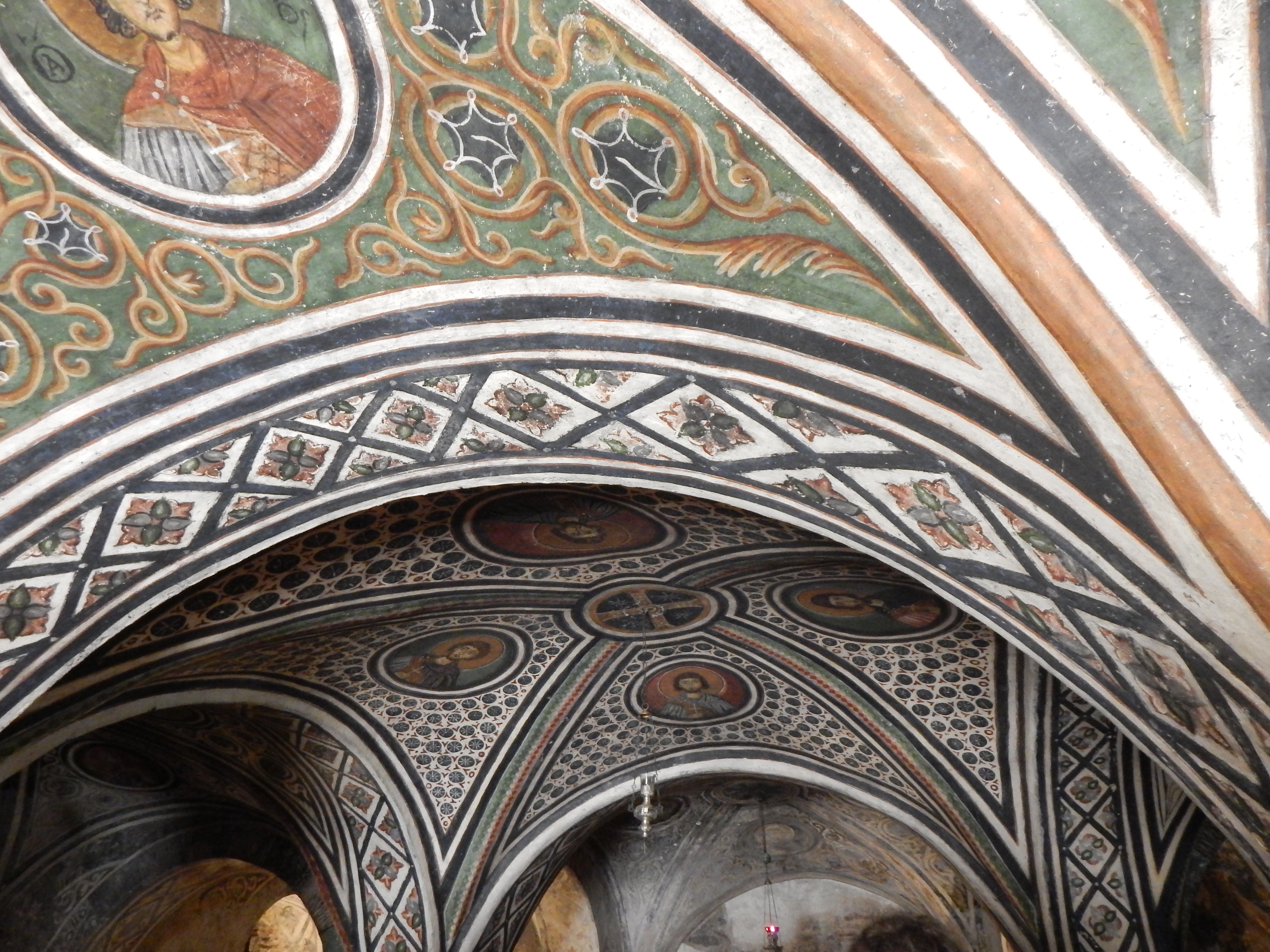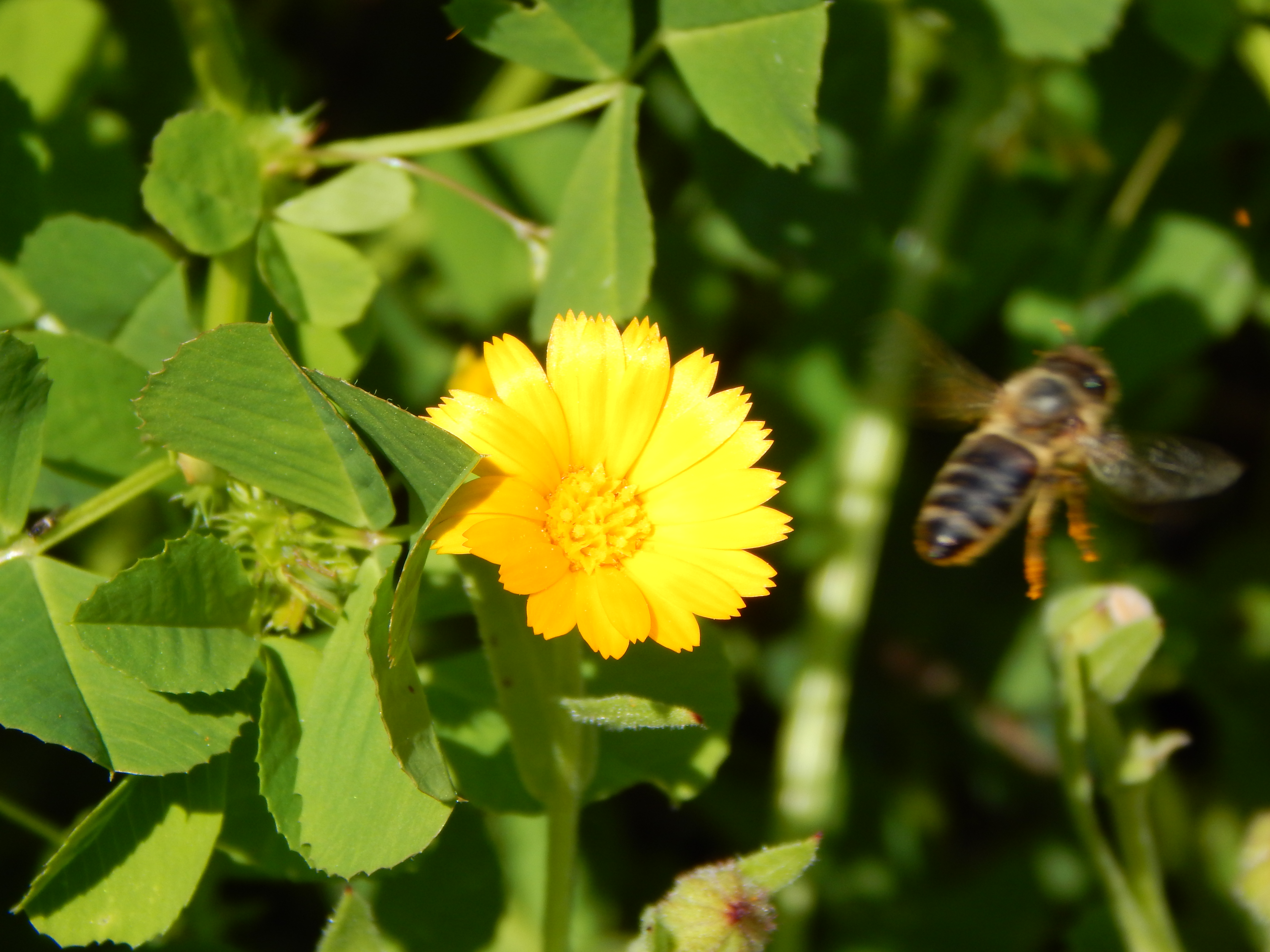Last weekend we took a trip to upper central Greece to visit Delphi. If you have read The Odyssey (or other classical texts) you know Delphi is the place to consult the oracle. If a person was facing a tough choice, let’s say to attack a city or not, they would make the trek to Delphi to make a sacrifice and ask the oracle to decide for them. Whatever the oracle said is exactly what they did. It is interesting because there are many archeologists and chemists, among others, who have tried to explain how this divination could occur. Some say there were drugs involved. Others say that underground gas pockets caused them to become frantic and spout prophecies. The professor leading our group told us not to believe any of these theories, since the oracle of Delphi is not something that needs to be explained in a logical way. It was simply the practice for these people to accept the prophecies they received. This is made even more interesting by what I am currently learning in my Philosophy class. We have just crossed through the period of the scientific revolution and are reading Descartes. We are discussing how strict scientific thinking emerged only after the scientific revolution, and, after this point, westerners are unable to think of things as ‘true’ unless these things are scientifically quantifiable and ‘prove-able.’ It makes sense, then, that we have a difficult time accepting the oracle as a thing that is unexplained. Here is a photo of the archaeological site:

The very best part of the field trip was visiting the Hosios Loukas monastery in Boeotia, founded in the early 10th century by the hermit Saint Luke (not to be confused with the Evangelist of the Gospel of Saint Luke). The artwork in the monastery and the crypt (!) was so beautiful. My Byzantine Art & Architecture midterm is tomorrow, so allow me to rehearse the information in the photos’ captions.



And an obligatory photo of the flora and fauna:

That’s all for now – as soon as mid terms are complete they will whisk us away to Thessaloniki (Northern Greece) for an entire week. I feel like the bees, bouncing here and there, but buzzing right along nonetheless. There is much to see and do, but the rewards are sweet!

